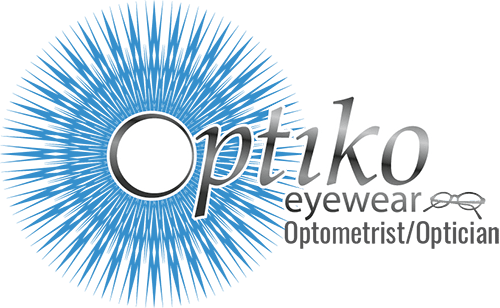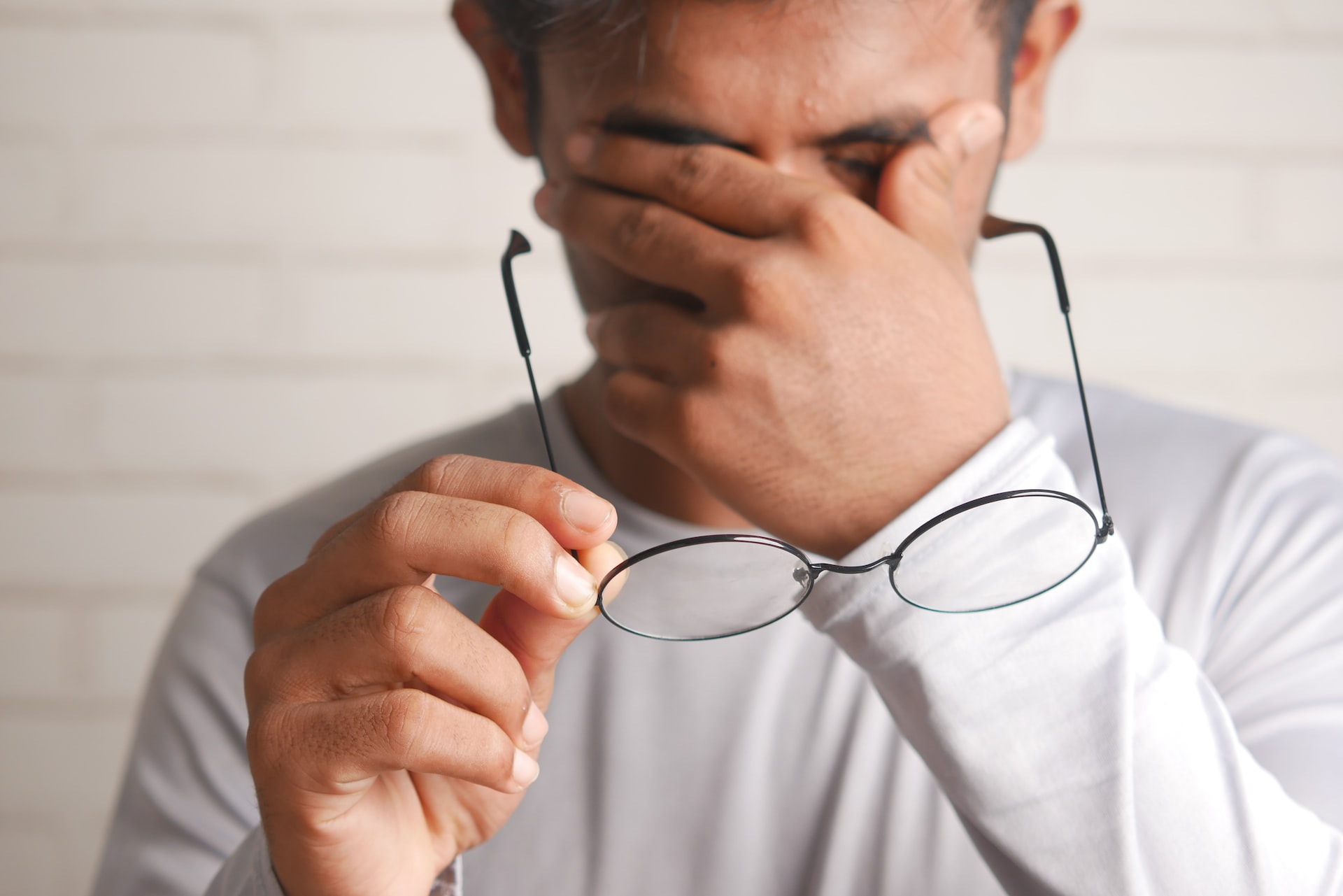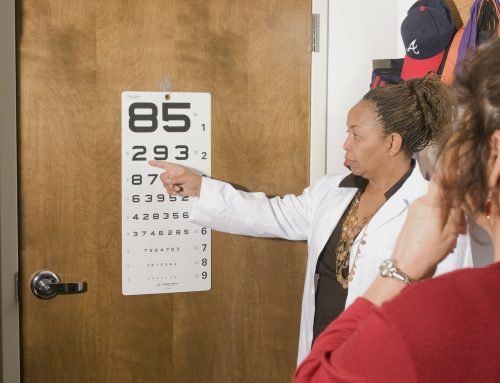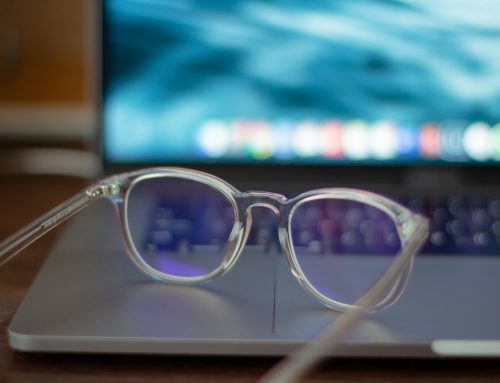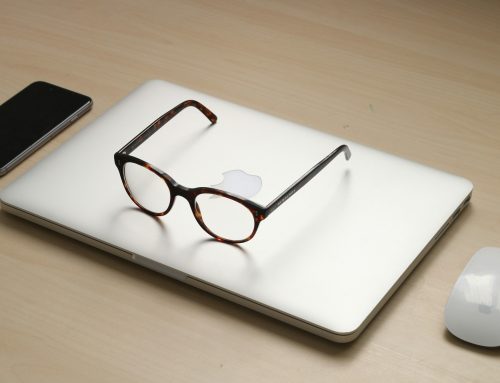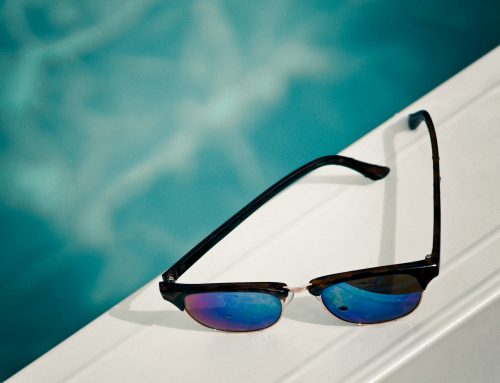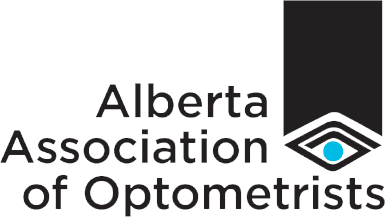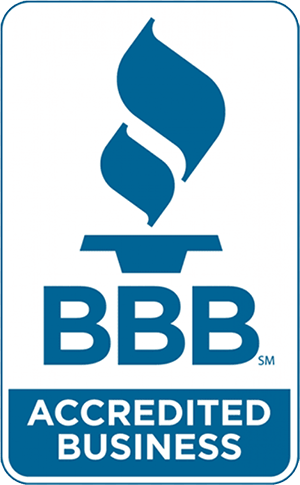Vision is a strange phenomenon due to the brain’s plasticity. However, vision requires care as this is not simply preserved throughout time. As your brain adapts to vision loss, you will quickly realize the importance of eyesight and the need for regular eye exams.
Recommendations are influenced by age, personal and family medical history, the use of glasses or contacts, and other risk factors.
Eye Care for 6 Months Old to 20 Years Old
Pediatricians, optometrists, and ophthalmologists recommend that your baby’s vision be checked at six months of age. You should have your child’s eyes checked again before kindergarten or first grade. You make the next decision.
Given that 80% of what children learn is visual, maintaining strong eyesight is critical for their academic and social success. Unless you observe any signs of eye strain, have your child’s eyes checked every two years. Your child’s eyeglass prescription should be evaluated every six to twelve months.
Your child’s pediatrician will advise him or her to have more frequent eye exams. To help your optometrist or ophthalmologist decide on your child’s eye exam schedule, always provide a detailed family and medical history.
Eye Care for 20 Years Old to 39 Years Old
The majority of people aged 20 to 39 should have an eye exam every two to three years. At this age, unexpected eyesight loss is less frequent.
African-Americans have a higher risk of vision loss between the ages of 20 and 39, thus they should undergo an eye test every year or two.
Eye Care 40 Years Old to 64 Years Old
Eyes constantly change between the ages of 40 and 64. In addition to vision loss and prescription changes, the eye lens gets stiffer after the age of 35. As a result, the majority of persons aged 45 and up require reading glasses. Presbyopia is age-related hyperopia.
People between the ages of 40 and 64 are more likely to acquire type 2 diabetes, high blood pressure, and drug side effects that impair vision.
Eye Care 65 Years Old and Above
A yearly eye checkup is recommended beyond the age of 65. Aside from presbyopia, elders are more likely to develop cataracts and vision impairments as a result of medical disorders.
The Basic Steps of a Complete Eye Examination
Throughout this essay, we’ve utilized the phrase “complete eye exam.” A thorough eye exam is distinct from a superficial vision test in which you read letters of increasing size from an eye chart (the Snellen Eye Chart).
A full eye exam takes up to 2 hours. Here are the steps:
1. Step 1: Review Medical History
Your personal and family medical history can aid in the prediction of vision difficulties. We will monitor your lifestyle and identify potential risk factors.
2. Step 2: Eye Focusing and Teaming
We’ll put you 20 feet away from the Snellen Eye Chart so you can read the letters, numbers, and symbols. One eye is covered first, then the other, and eventually both.
3. Step 3: Refraction and Diagnostic Tests
We’ll look for your “refractive mistake” if you don’t have 20/20 vision. Nearsightedness, farsightedness, astigmatism, or another eye issue caused this error.
Retinoscopes, autorefractors, and phoropters are also used. These are used in the manufacture of corrective lenses (eyeglasses). Our goal is to get 20/20 eyesight.
Conclusion
To simply put, you must always prioritize your eye health along with the health of your mind and body. Of course, it’s never too late to begin. Regardless of your age, get an eye exam or schedule one for your entire family. This can be beneficial to everyone!
Do you want to get an eye exam in Calgary? Optiko is here to help you take care of and improve your eye health. Contact us today to get a full eye check-up schedule!
